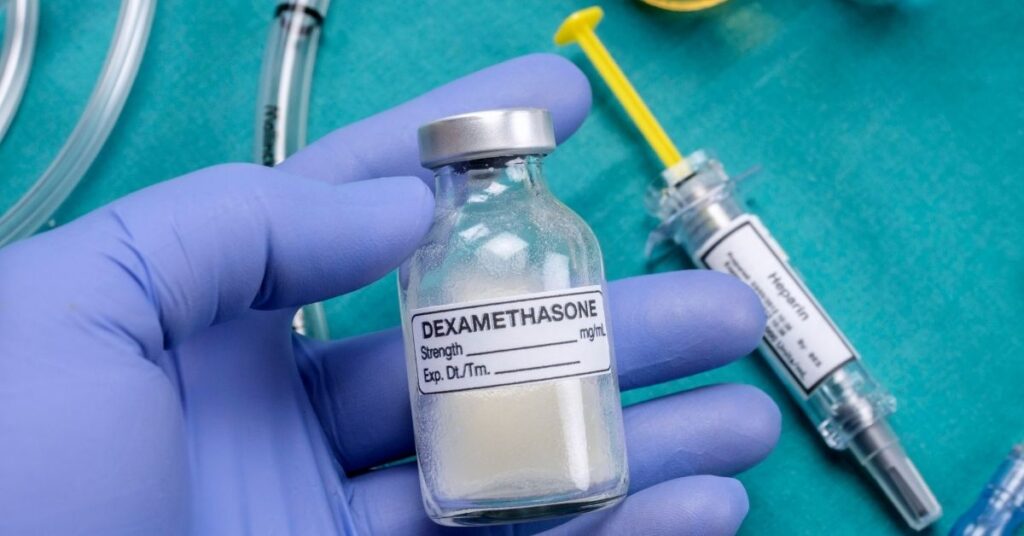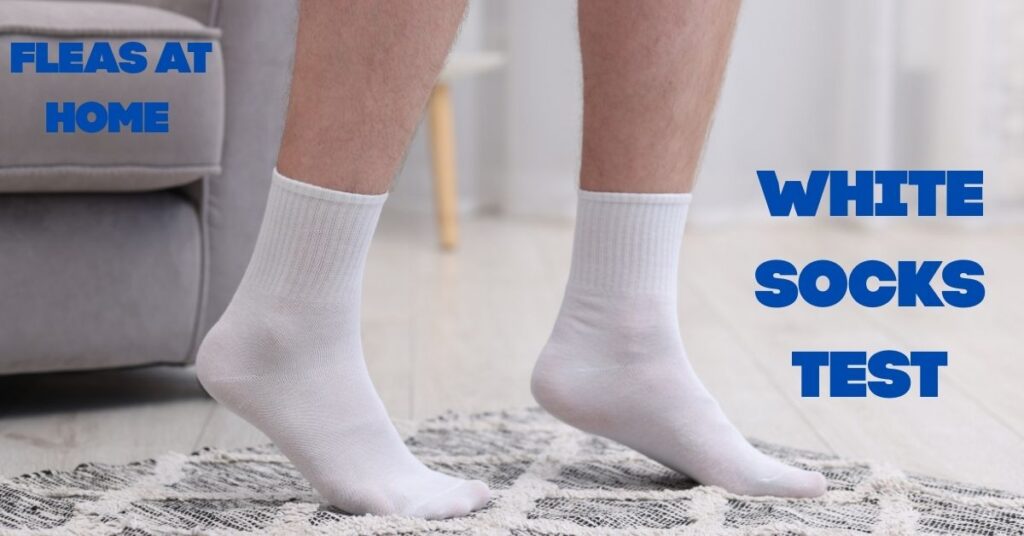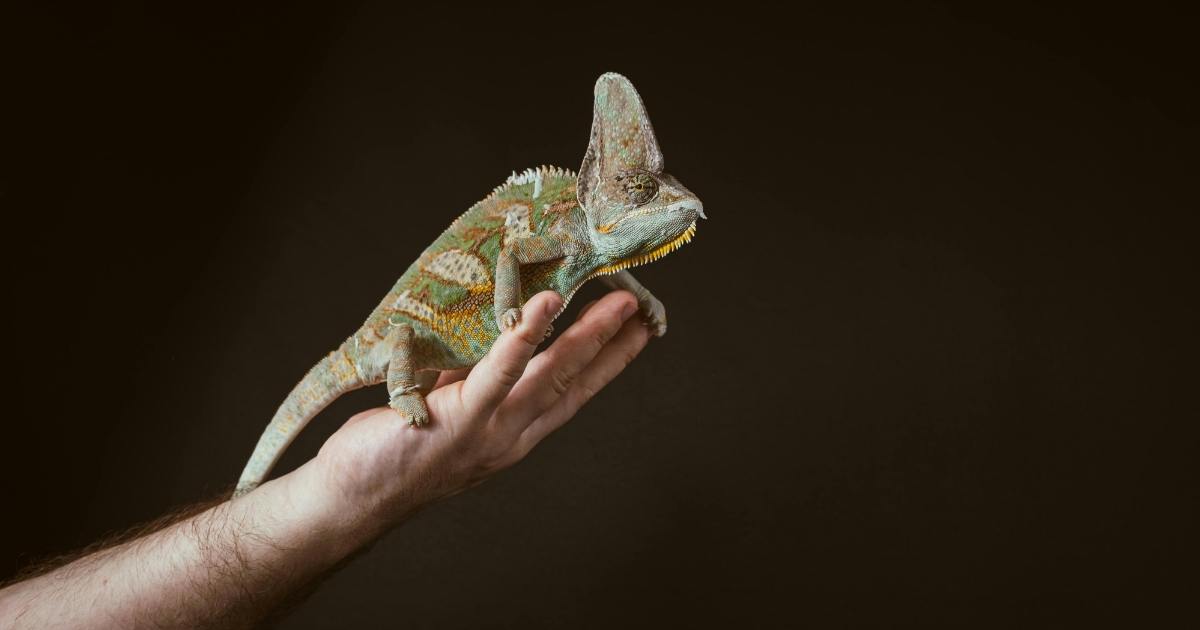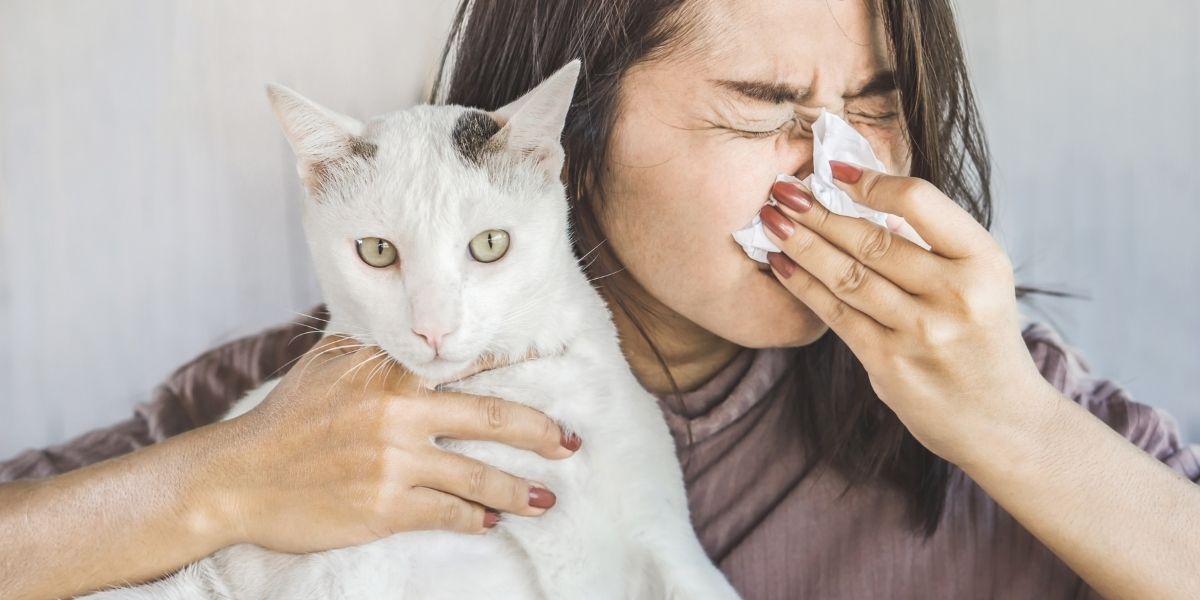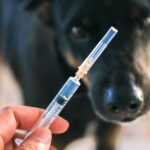Now Reading: Cat dandruff and flaky Skin: Tips for a Healthier Coat
- 01
Cat dandruff and flaky Skin: Tips for a Healthier Coat
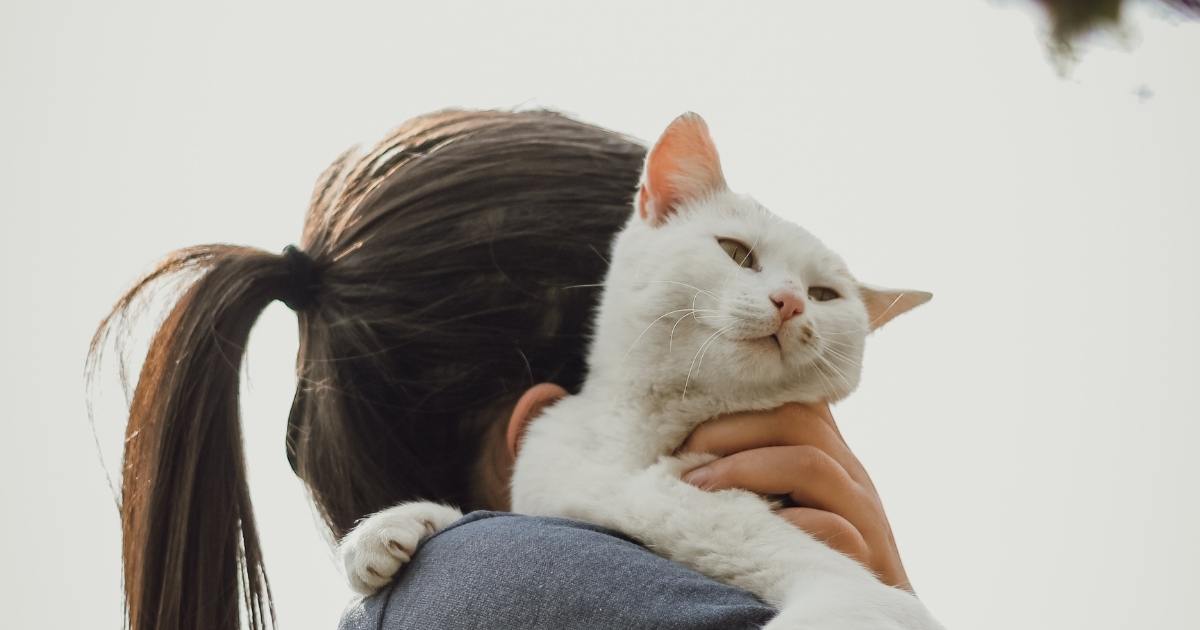
Cat dandruff and flaky Skin: Tips for a Healthier Coat
Picture this: You’re stroking your cat’s soft fur, and suddenly, you notice tiny white flakes dusting your black sweater. Your first thought? Oh no, my cat has dandruff.
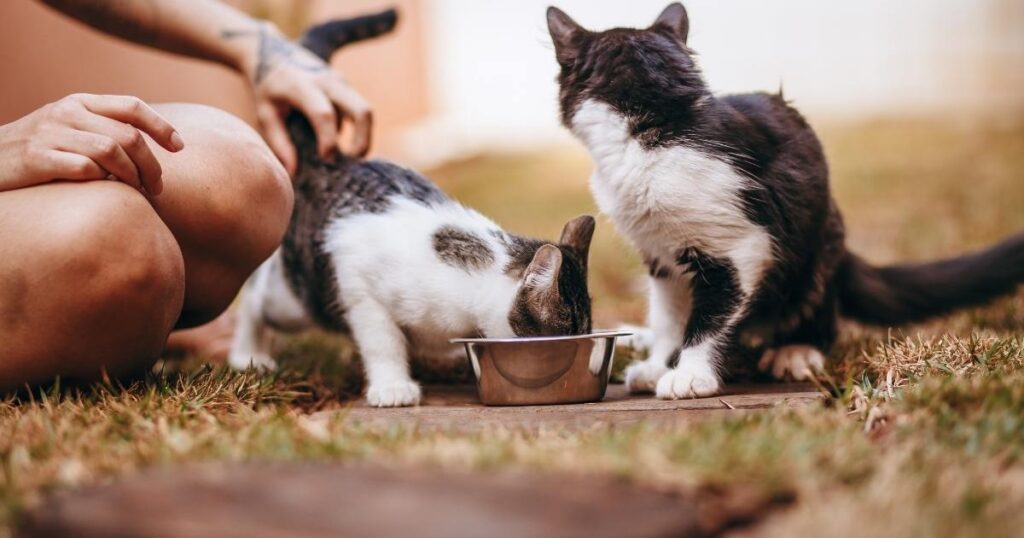
Take a breath—it’s more common than you think. Cat dandruff isn’t just about looks; it’s your kitty’s way of saying something’s off with their skin or overall health. The good news? With the right care, you can bring back that shiny, flake-free coat.
Let’s dive into what’s really going on and how you can help.
What Exactly Is Cat Dandruff?
Just like humans, cats shed old skin cells. But when those cells clump together and become visible, we call it cat dandruff. It’s not always a serious condition, but it’s a clear sign your cat’s skin needs some extra love.
And if you’ve been wondering, “Can cats get dandruff?”—the answer is yes, absolutely.
Why Does My Cat Have Dandruff?
If you’re thinking, “My cat has dandruff and I don’t know why,” you’re not alone. Common causes include:
- Dry Skin – Low humidity, especially during winter.
- Diet Issues – Lack of omega-3 fatty acids or poor nutrition.
- Parasites – Fleas, mites, or lice.
- Obesity – Overweight cats struggle to groom properly.
- Allergies – Food or environmental triggers.
- Medical Conditions – Diabetes, thyroid imbalance, or fungal infections.
The key? Look at the bigger picture. If cat has dandruff alongside itching, redness, or hair loss, it’s time to call the vet.
Must Read: Smart Hacks: How to get cat pee smell out of clothes
How to Treat Cat Dandruff Naturally
So, what can you do at home? Here’s how to make your cat’s skin healthier and coat shinier:
1. Improve Their Diet
Good food = good coat. Add omega-3 supplements or choose cat food rich in fish oil. This helps nourish the skin from within.
2. Regular Grooming
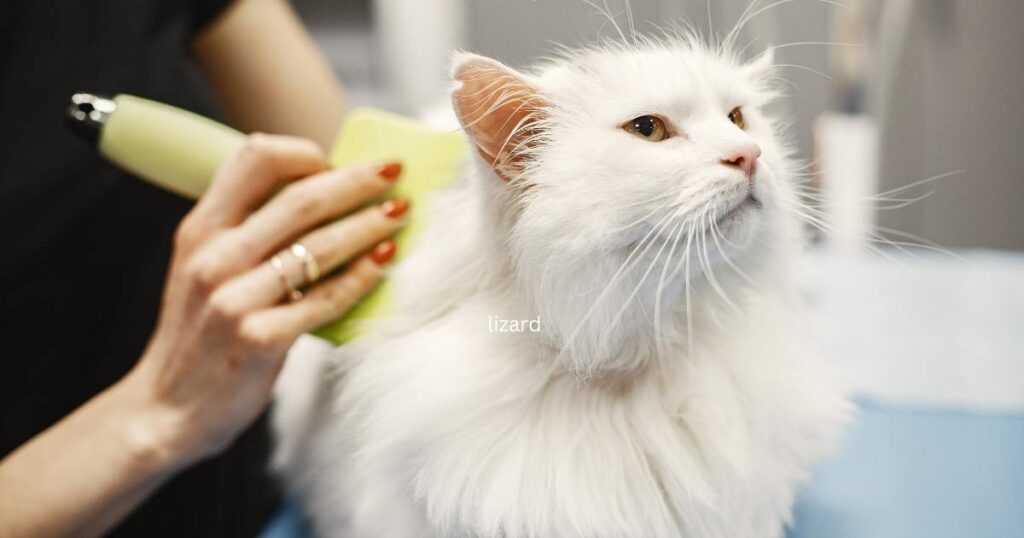
Brush daily. It spreads natural oils, removes dead skin, and prevents flakes. Plus, it’s bonding time.
3. Hydration Matters
Cats often don’t drink enough. Encourage water intake with a fountain or wet food. Hydration is key to reducing cat dandruff.
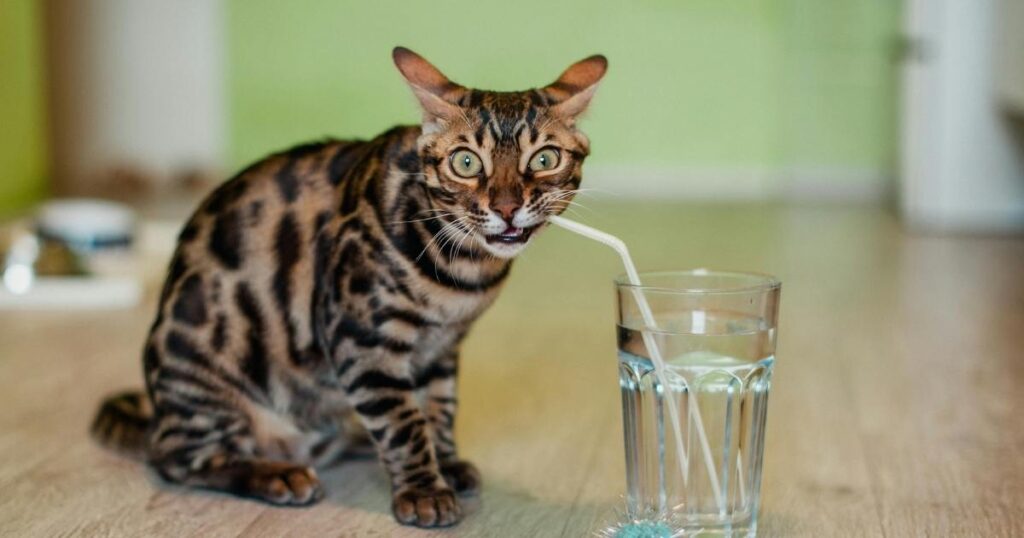
4. Control Parasites
Use vet-approved flea and mite preventives. Parasites are a hidden but common reason behind flakes.
5. Create a Moist Environment
A humidifier in dry climates can work wonders. Cats benefit from moist air, just like we do.
When to See a Vet
Here’s the rule: If home care isn’t working, or if dandruff comes with other symptoms, professional care is needed. Wondering “How to treat cat dandruff beyond home remedies?” A vet might suggest:
- Medicated shampoos.
- Allergy tests.
- Treating underlying health issues.
Never ignore sudden or severe cat dandruff. It could be more than just dry skin.
How to Get Rid of Cat Dandruff Long-Term
Quick fixes help, but lasting change comes from consistent care. So, if you’re asking, “How to get rid of cat dandruff for good?”, here’s the formula:
- Balanced nutrition.
- Grooming as a routine, not a chore.
- Preventing parasites.
- Monitoring weight and health.
Remember, your cat’s skin reflects their overall well-being.
Must Read: Funny Shirts for Cats: Keep your kitty comfy and cool
Healing Tips for Cat Parents
Living with cat dandruff can be stressful, but here’s your reminder: Your kitty isn’t “less healthy” because of flakes. With small, consistent steps, you’ll see improvement.
✔️ Be patient. Healing skin takes time.
✔️ Be observant. Notice changes in coat, appetite, or behavior.
✔️ Be proactive. Don’t wait until it gets worse—early care makes a big difference.
Final Thoughts
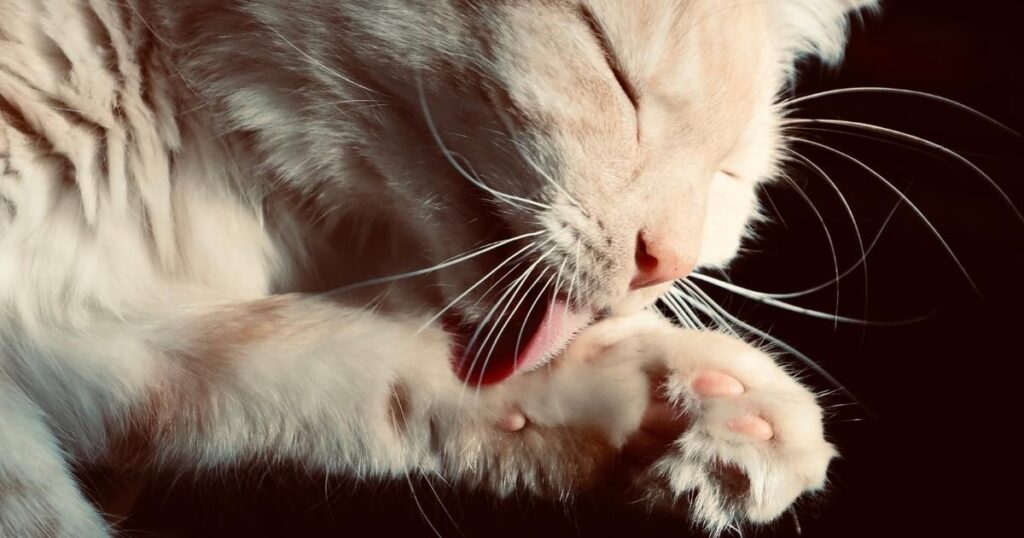
Cat dandruff isn’t just a cosmetic issue—it’s your cat’s body asking for attention. From diet tweaks to grooming rituals, you now know the basics of keeping that coat sleek and flake-free.
And when in doubt? A vet’s advice is always the best step.
Your cat deserves comfort, confidence, and cuddles—not itchy flakes. Start today. Their coat will thank you tomorrow.
Also Read:Tips for Building a Good Reputation as a Pet Sitter: Pet Sitting Jobs
FAQs
Some flakes are normal, but persistent cat dandruff usually points to dry skin, poor diet, or health issues.
Brushing daily and adding omega-3 fatty acids to the diet often helps reduce dandruff naturally.
Yes. Stress can impact grooming habits and skin health, which can lead to visible dandruff.
If brushing and diet changes don’t work, consult your vet for medicated shampoos or further tests.
Long-term solutions include proper diet, hydration, parasite control, and consistent grooming.


